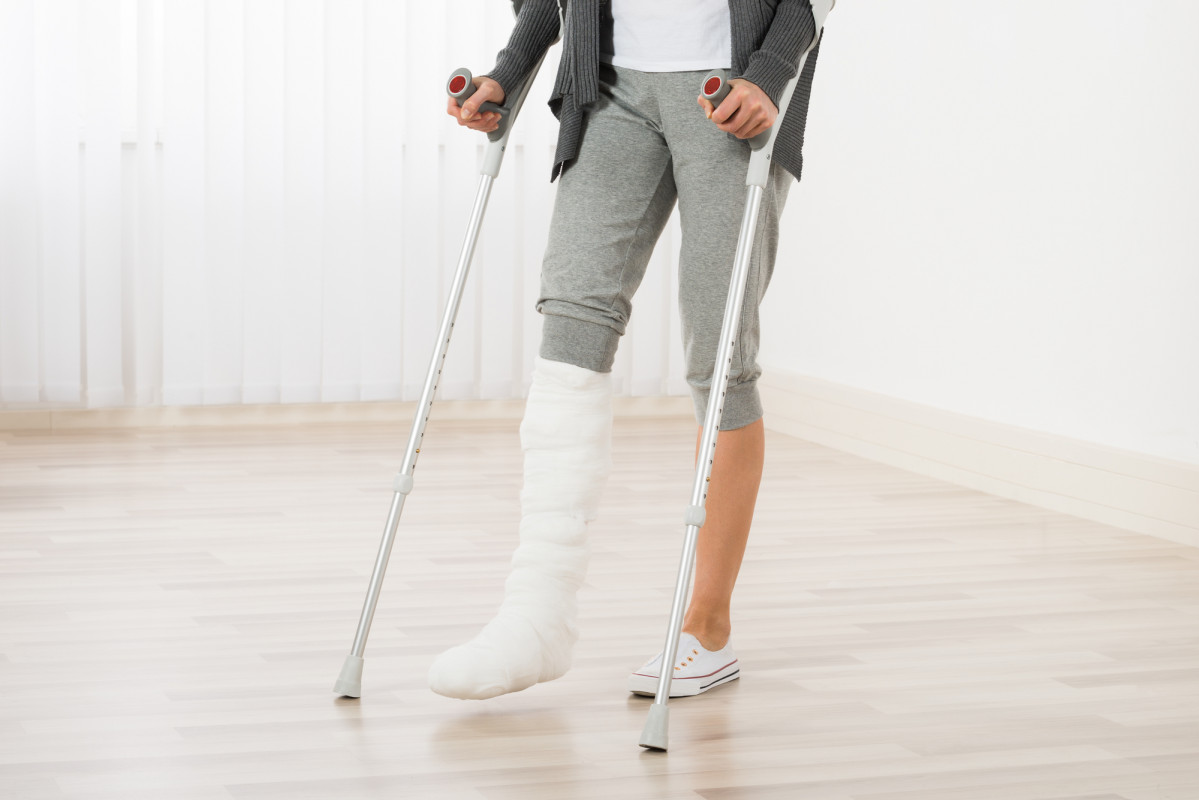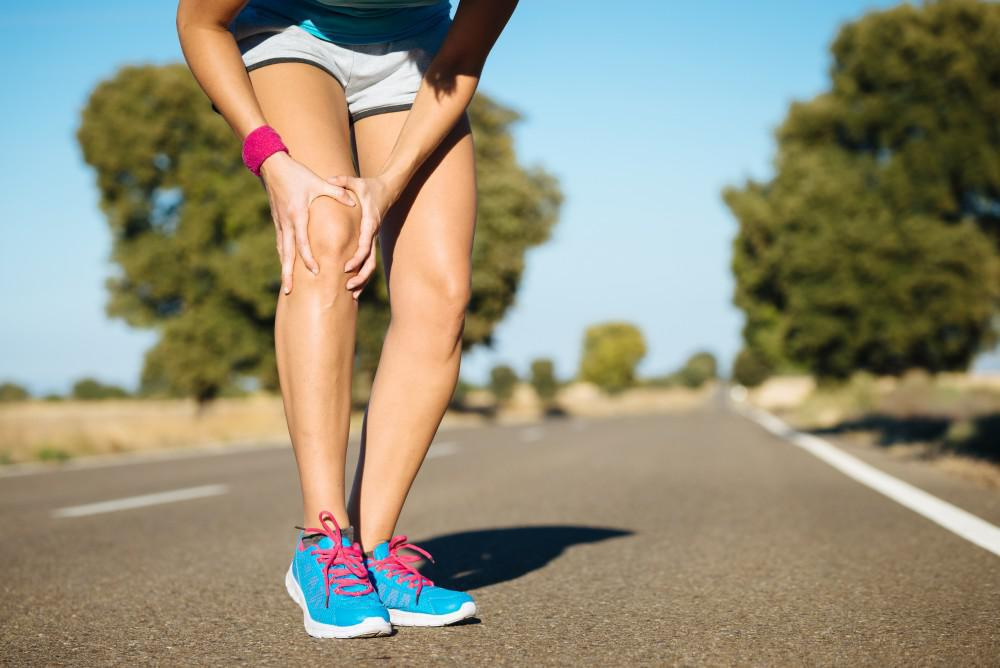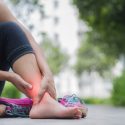
Following certain injuries or procedures it is important to undergo a period of immobilisation to ensure proper healing of the affected structures.
You could be stuck in a cast, boot, splint or brace for weeks or even months. During this period of immobilisation, everything is healing steadily but the unfortunate consequence is loss of range of motion and reduced muscle strength.
IF YOU DON’T USE IT, YOU LOSE IT!
This rings true especially for range of motion and muscles in general. After the cast or brace is taken off, it is not uncommon for the body part underneath to be smaller than its equivalent on the other side, and the joints are often quite stiff. In terms of restoring movement, this must wait until after the period of immobilisation, but there is actually a way to preserve the strength of the relevant muscles while its immobilised!
Cross education refers to the phenomenon where training a muscle on one side of the body can lead to strength improvements in the same muscle on the other side of the body.1 Through utilizing cross-education in the early post-operative/immobilised days, muscle strength on the recovering side can be preserved to a certain extent. So you can build strength in your left arm by exercising your right arm, or you can prevent wasting in your right quads by pumping out some left leg exercises.
In a study examining cross-education following ACL reconstructions, the two groups who received specific quadricep training for the uninjured knee measured greater quadricep strength in both knees versus the group that did not (control group).2 Similarly, in a study examining cross education in distal radius fractures, the group who received hand strength training immediately in the non-fractured hand was significantly stronger in the fractured hand than the control group at 12 weeks post fracture.3
If you are interested in utilising cross education in your recovery, please contact our clinics and our expert physiotherapists will develop a custom program to help you preserve strength while the relevant structures heal up!
- Manca A, Hortobágyi T, Carroll TJ, et al. Contralateral Effects of Unilateral Strength and Skill Training: Modified Delphi Consensus to Establish Key Aspects of Cross-Education. Sports Medicine. 2020;51(1):11-20. doi:10.1007/s40279-020-01377-7.
- Harput G, Ulusoy B, Yildiz TI, et al. Cross-education improves quadriceps strength recovery after ACL reconstruction: a randomized controlled trial. Knee Surgery, Sports Traumatology, Arthroscopy. 2018;27(1):68-75. doi:10.1007/s00167-018-5040-1.
- Magnus CR, Arnold CM, Johnston G, et al. Cross-Education for Improving Strength and Mobility After Distal Radius Fractures: A Randomized Controlled Trial. Archives of Physical Medicine and Rehabilitation. 2013;94(7):1247-1255. doi:10.1016/j.apmr.2013.03.005.









